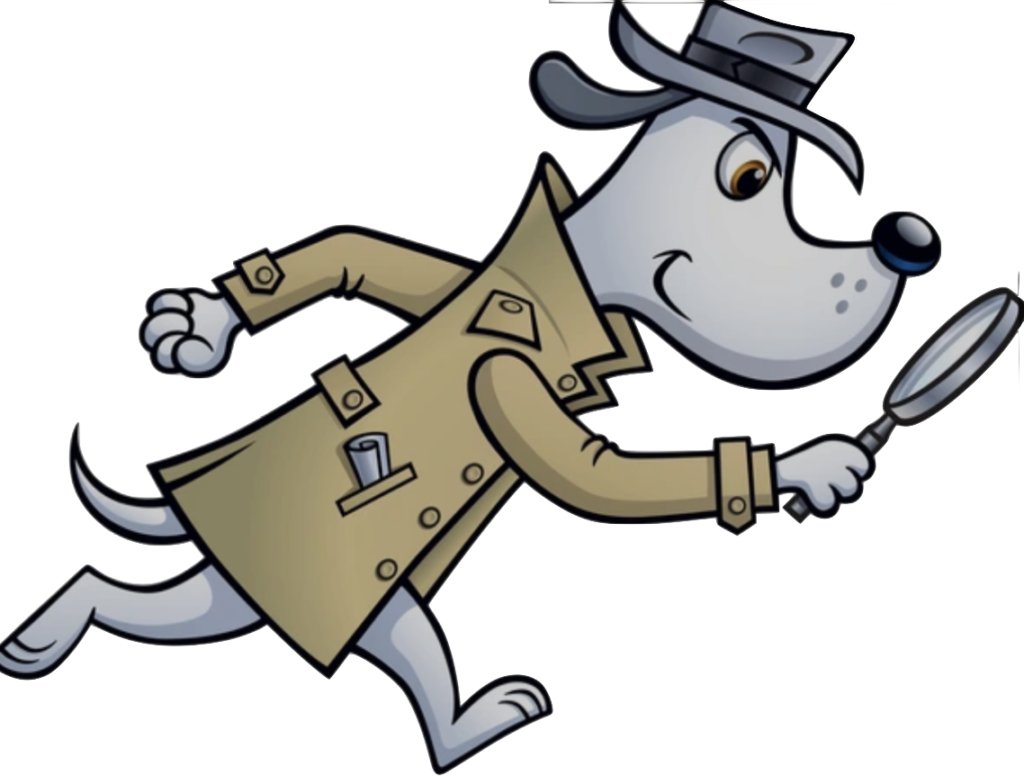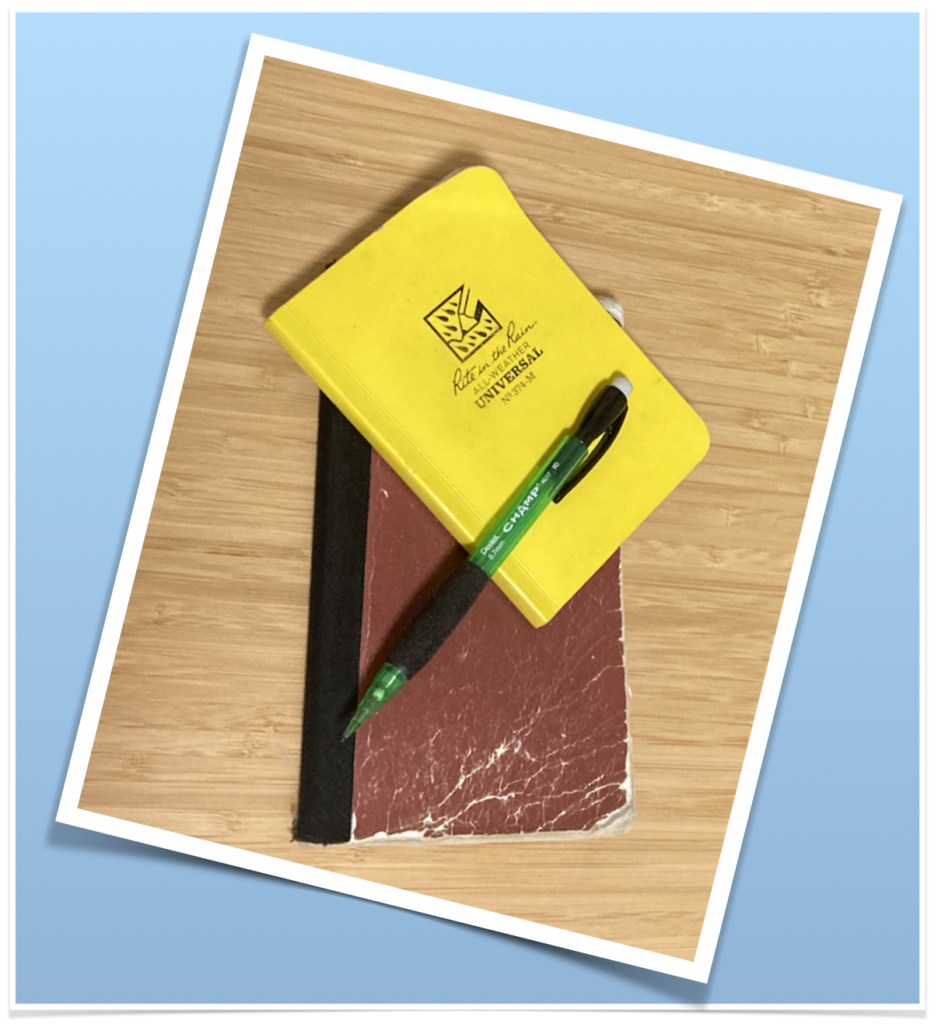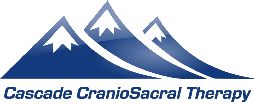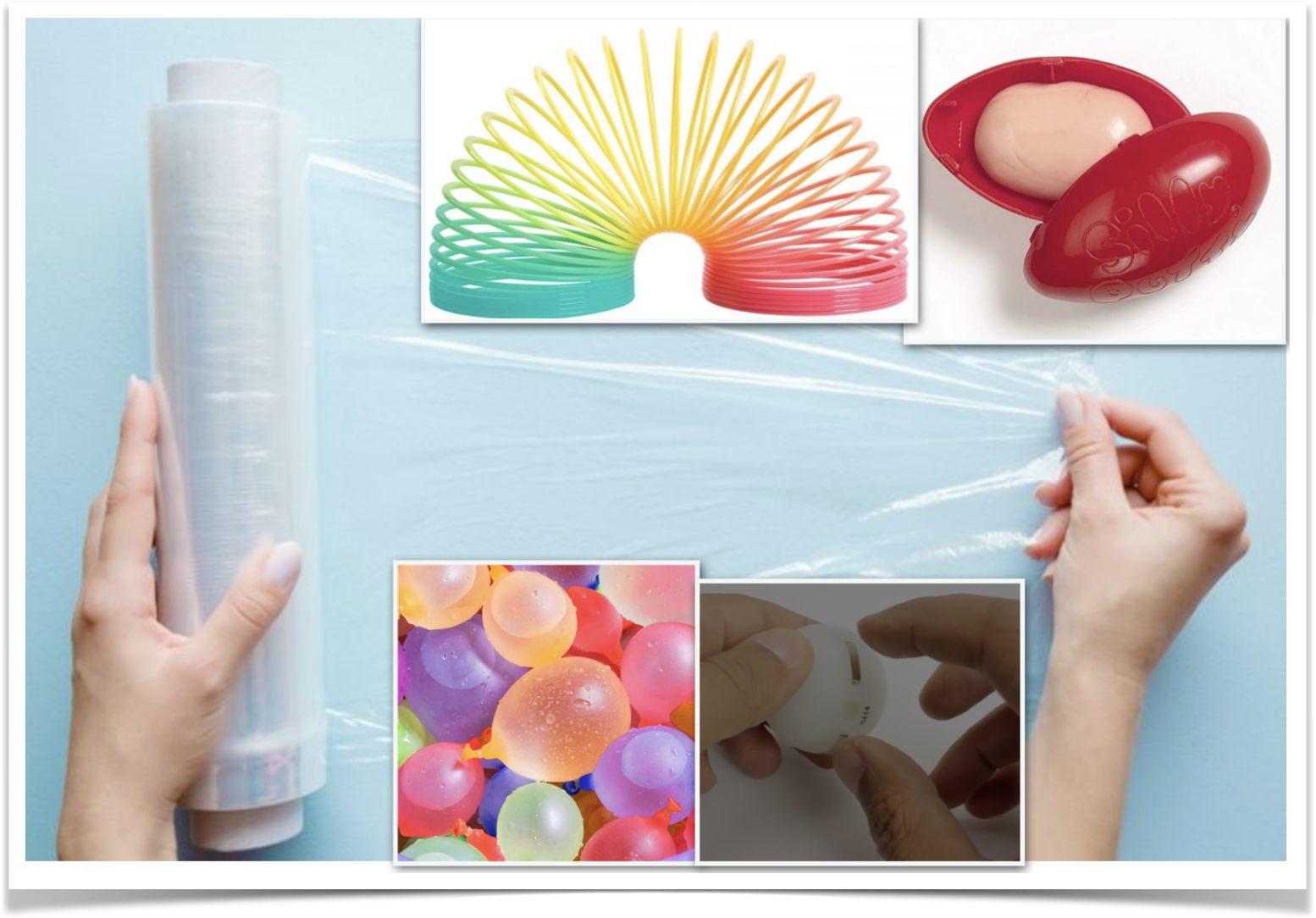What is Glaucoma? From the American Academy of Ophthalmology
“Olfactory Training”
Originally posted in 2020 by Tim Fraticelli of PTProgress
Cranial Nerve 1 – Olfactory Nerve
Two Minute Neuroscience presents : The Olfactory Nerve
Looking for and finding answers

Image Credit: Rod Savely // Shutterstock
Where and how DO you look for answers?
Whatever your ailment, when you are looking for answers that are slow in coming, it can feel like you are lost and wandering in a desert. And I don’t mean the beautiful flower-filled kind, 2 days after a storm has passed through. I mean the super dry kind that brings you face to face with the reality that, if you don’t find water before the sun comes up, you may. actually. not. make it.
It could be anything that has you searching for answers: recovery from a surgery that isn’t going the way everyone assured you it would, an unexplained decline of mental sharpness, some forgotten trauma resurfacing, or a collection of “mystery symptoms” that just hang on… and on.
When our life – or the life of someone we care for – is turned upside down, brought to a halt, or otherwise altered beyond recognition, we naturally look for ways to right ourselves, ways to get back to “normal”. It is our hardwired, homeostasis-seeking birthright to keep trying. We don’t give up.
And we may not give up. But we can sure get exhausted. Or utterly demoralized. We can feel trapped. Or lost. We may feel we are losing our life as we know it. Or our identity. Or our mind.
What guides YOU in looking for answers?
As a special bonus, I have over the years had the good (and simultaneously awful) fortune of going through some really award-winning injuries and some way-too-long stretches of “mystery” symptoms.
Seven “Aha!” realizations that help me:
- It is MY body and MY life – It is up to me to actively participate in my health and take responsibility for it. I am my own best advocate and things go best when I lean into that.
- Movement IS life – On a large scale and down to the microscopic world of each of our cells, movement is necessary for health. So figure out what movement IS possible and do that – every day, throughout the day. Anything I do to keep movement in my life has been worth the effort.
- Clues are there and answers are to be found in the patterns. Notice the things that have changed, pay attention to the timing and sequences of those changes, and look for patterns. Our bodies hold great wisdom and put a lot of effort into communicating with us; the polite thing to do is pay attention. Listen for the quiet things – look for the small things. What might seem insignificant or unrelated may hold the very key to the puzzle.
- Healing happens best when you feel cared for. The effects of injury (physical, emotional, any kind) are multiplied many times over when we feel alone. Humans haven’t made it as long as we have by being “rugged individuals”. We need each other. This time it may be my turn to be on the receiving end. And that’s ok. Keeping score is not the biggest priority here.
- Curiosity may result in fewer cats, but it may save YOUR life. Ask questions. Lots of them. Never give up looking for answers. Sometimes answers are obvious, but not always. I find that answers often are in the patterns found in plain view. If you don’t see yourself naturally inclined to detective work, find someone who is. Notice which health providers express genuine interest and curiosity and team up with THEM. If you haven’t found that special breed yet, ask others who they trust. You will need them and they ARE out there.
- Progress is progress, no matter how incremental. Actively look for the place where you are seeing improvement. Even if it is small, it is not insignificant; it is change in the right direction. Build on that.
- Manage what IS in your control to feel as good as possible. The hard truth is that sometimes we may not heal completely, we may never return 100% to how things were. If you are alive, there is still more health in you than is not – so feed and nurture the health you have. Manage energy, manage pain, manage emotions, manage daily needs so that you have what you need to find some enjoyment in each day.
Learning About Fascia – With Water Balloons, Slinkies, Silly Putty and Other Crazy Props
Every spring for 12 years, I taught a 4-day introductory craniosacral therapy course at a nearby massage school. Since I developed the class myself, it really was a mirror of my personality and preferences. Class was equal parts: science fair, guided meditation, hands-on practice, and stand-up comedy. I am so grateful for those years, those students, and particularly the chance to co-teach with my beloved comrade in CST and laughter, Cheryl Hunnicutt.
I looked forward to 3 especially fun moments each year, mainly for the reliable “WOW!!” factor that came with each:
- Demonstrating the electrically conductive properties of our bodies (complete with flashing lights and sound that filled the room)
- Seeing the look on students’ faces when they felt the rhythmic craniosacral motion for the first time (jaw drop, pin drop moments) and
- The blindfolded “Saran Wrap and Quarter” demo. This last one was a particularly fun way to convince students that, despite their feeling rather fumbly at times, their hands were actually highly sensitive and accurate in detecting very small changes in pressure and tension.
Each exercise demonstrated some aspect of the nature of fascia. And each one resulted in a “WOW!!” moment, I think, because the student experienced something unexpected. Six months into their 10 month program, the students were pretty good at various massage strokes, muscle testing, and some clinical techniques. What they had not yet been asked to try was to slow down and lighten up their touch to the degree I was asking them to. I was also asking them to not try to “change” anything, but simply to “notice” what they felt underneath their hands. What they discovered was that by slowing down, lightening up their pressure, and by letting go of their “fix it” agenda, they were able to feel SO MUCH MORE. It was high drama – in the very best sense. It still makes me smile to remember the looks on their faces.
We focused on fascia a lot in that course and there was a reason for that. Fascia is in every part of our body – from the large, visible sheets wrapping around our muscles to the microscopic structures found deep within our cells’ nuclei. If you were able to shrink yourself down to be very tiny, you could travel from any location in the body to any other location without ever leaving fascia. Go ahead, try it sometime. 😉
Fascia’s all-pervasive, weblike network and its mind boggling physical characteristics are why we can make contact at one part of the body and have an effect at a distance. It is why we can work so gently at the surface and yet reach into the depths of the body – with great precision, safety, and sensitivity.
The Wonders of Fascia:
I find fascia completely mind boggling. I have read some research that describes how fascia acts as a communication network within our bodies, able to transmit information far faster than our nervous system. I think that is just amazing!! The Fascia Research Congress has been bringing researchers together every other year since 2007 and the result has been an explosion in the amount of research and interest in the area. Here are a couple videos to whet your appetite. One short, one long.
1) Fascia: the summary version. From the creators of SciShow –
Watch through minute 5:20 to get a quick rundown of the many wonders of fascia
2) Fascia: the in-depth version. Dr. Jean-Claude Guimberteau – full webinar
Dr. Guimberteau transformed our understanding of human anatomy through his use of video-endoscopy under the skin. With it, he captured previously unknown aspects of the structure of living fascia found throughout the body. This video is of a full SI Connect webinar sponsored in 2016 by the International Association of Structural Integrators (theIASI.net) and was originally posted by EmbodiedHealthLearning.com (https://vimeo.com/238293598). Dr. Guimberteau’s presentation begins at 9 minutes 35 seconds in.
Title: Architecture of Human Living Fascia by Dr. Jean-Clause Guimberteau
“CST Field Notes” – Oct. ’23

Hello!
I hope this finds you well. I want to express my deep appreciation for the many kind and encouraging responses I received after my last email, announcing my return to practice. To be honest, it kind of blew me away. Thank you so much.
I’ve decided to continue writing a little each month. My plan is to let you know something about what I’m learning, describe some aspect of my approach to health and manual therapy, or to pass along some bit of CST-related news that I hope you will find helpful. For those who receive these notes by email, I promise I will keep them short and to the point and… if you ever want to opt out, there will be a quick and easy way to do that – no questions, no problem.
So.. here we go!
CranioSacral Therapy – What ARE We Doing, Anyway?
In sessions, I often attempt to wrap words around what I’m noticing as I work with you. I may also ask questions about what you notice. Our bodies are able to communicate a LOT about what is going on inside through the sensations we feel.
Will we choose to pay attention? That’s really the big question. In each session, we have the opportunity to pay attention – together. I think that the more we actively “listen” to what our bodies are trying to tell us, the better able we are to participate in (and improve!) our own health.
Have you ever wished you could explain to someone what CranioSacral Therapy is? Scroll halfway down my “About CST” page to watch Kate Mackinnon, a colleague of mine, explain the basics of CST and what a typical session is like.
Supporting the Body in its Healing
At its core, CranioSacral Therapy relies on the body’s innate wisdom and its inherent ability to heal itself. For all the study of anatomy and physiology that I will ever do, YOU will always know more about what is going on in your body and what it needs than I ever will. That knowledge may not be at a conscious level, but it is there and profound things can happen when we connect with it.
I find these mysteries intriguing – and I LOVE learning about the body and how it works!
Are you interested in learning about some of the more “stealthy” work your body does? Check out this overview of our autonomic nervous system, courtesy of the Cleveland Clinic:
Autonomic Nervous System in the News
Because our “autonomic nervous system” is responsible for such varied and far reaching function in our bodies, we can get in a lot of trouble really quickly when things go wrong.
The term “dysautonomia” refers to when our autonomic nervous system is not working well. I’ve noticed that dysautonomia has been showing up in health related news a lot lately and this has caught my interest. One disorder I’ve found particularly interesting is a collection of symptoms referred to as “POTS”.
What is “POTS”? Here’s a quick 4 minute video to give an introduction.
New At Cascade CranioSacral Therapy
• I’ve made the move back to my original website: cascadecst.com and email address: karen@cascadecst.com
• I’ve rolled the definition of “senior” back to 65 for my senior discount. It’s a GREAT discount – please take advantage of it!
• I’ve added Saturday morning hours as well as later hours on Tuesdays
• I’ve added new discounts for payments by cash and check
• Holidays are just around the corner: Gift Certificates are available online and in the clinic
Hope to see you soon!
Autonomic Nervous System Dysfunction – Spotlight: “POTS”
“What is POTS?” Source: Dysautonomia International

